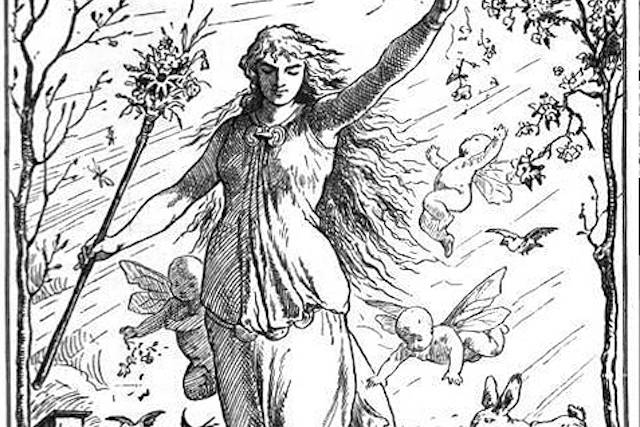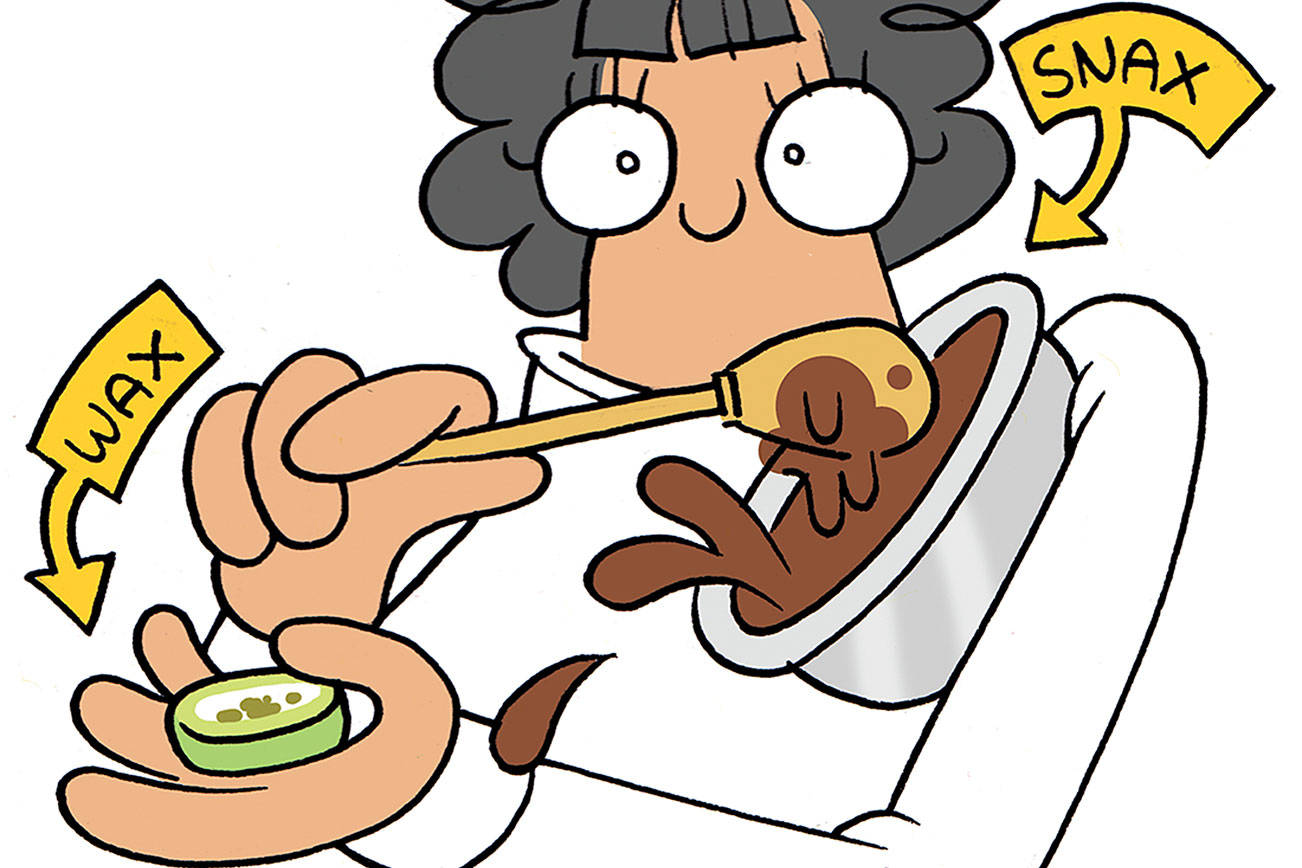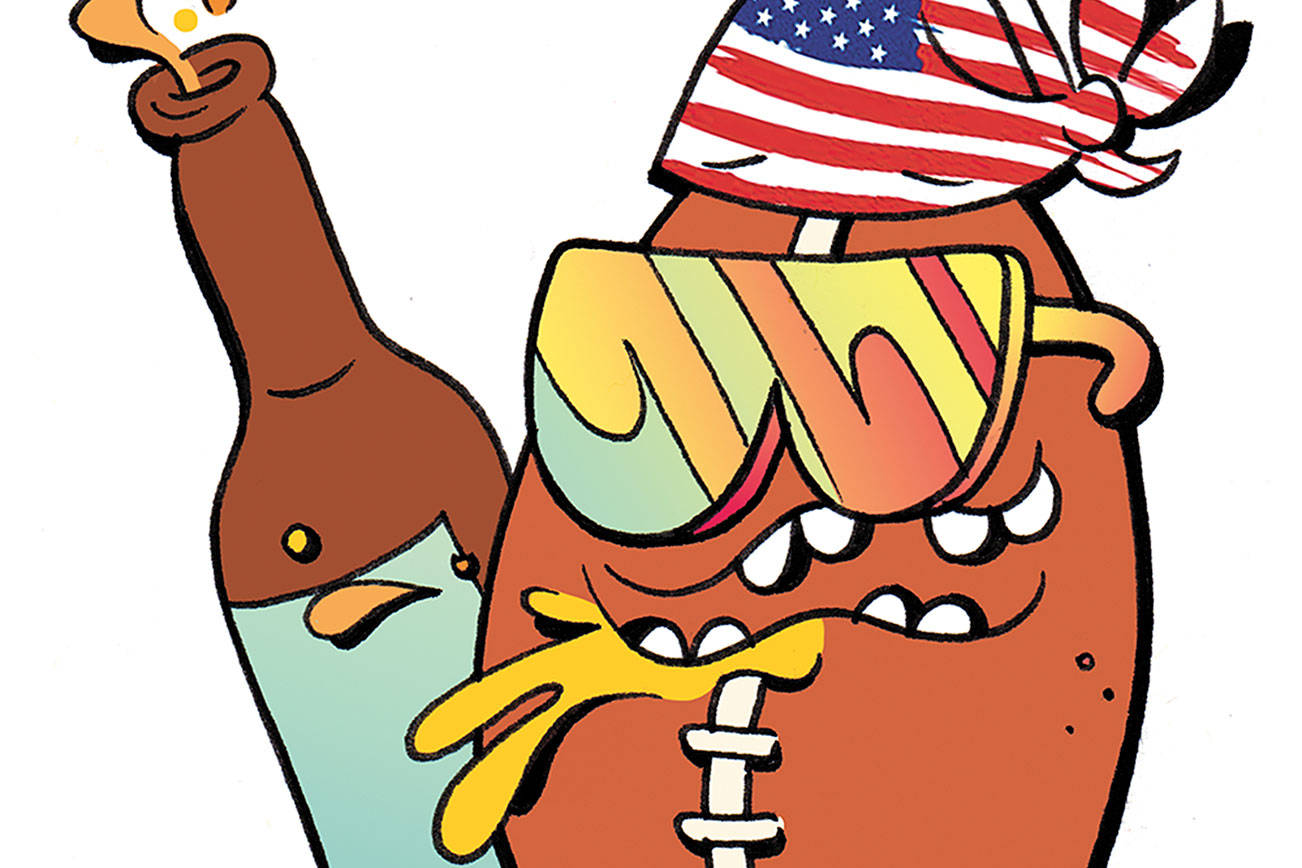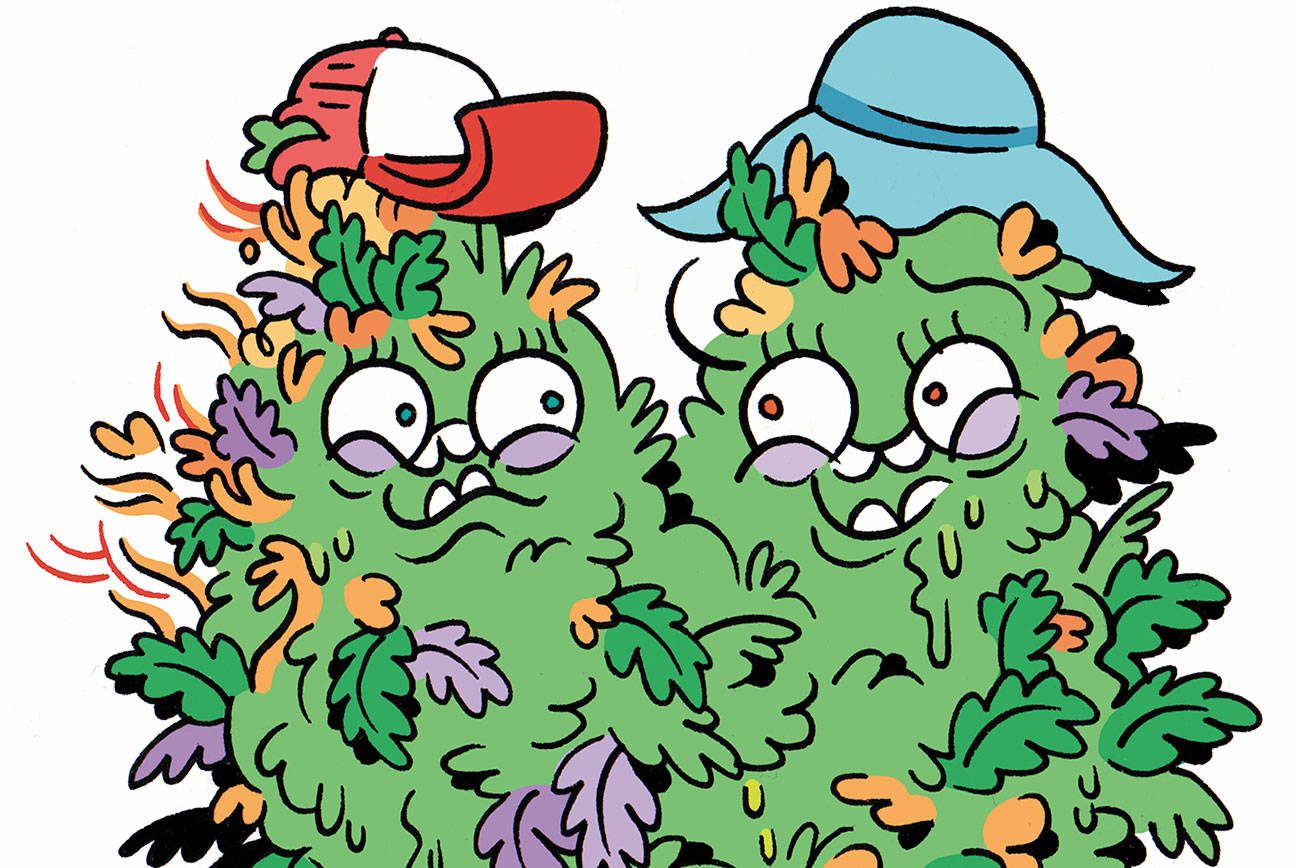Did you feel that? The shift in the temperature? The shift in the energy? Notice the daffodils, the forsythia, the tulips popping up? Spring is coming, and for many people in the Northern Hemisphere, the season marks the Earth’s return to life, expressed in hundreds of deities and archetypes, back from the land of death’s underworld and wintry sleep.
The first day of spring is the Vernal Equinox, the moment when the sun passes north over the celestial equator. From this point until the Autumn Equinox in September, the days will be longer than the nights. As the sun rises higher and higher in the sky each day, the Northern Hemisphere is showered in sunlight and all of nature seems to come back to life.
For many witches, pagans, and other polytheists, this day is called Ostara or Eostre, named for the Anglo-Saxon Teutonic goddess Eoster, who basically was the dawn. This was disputed until recently, but thanks to several advances in linguistic reconstruction, we now know the names of the goddesses Austrō and AusÓs, and from them we get Eoster and Ostara. They all may descend from Eos, the frisky Greek goddess of the dawn. The goddess/archetype may also be related to or descend from Ishtar and Astarte. Various groups worshipped forms of her at least as far back as 200 BCE, and surprise! Her symbols were often rabbits and dyed eggs.
For Hindus, this season marks Holi, an ancient festival which falls on the full moon before the equinox, and is quickly gaining popularity around the world. Dubbed “the festival of colors” and “the festival of love,” party people dress crazy, cover each other in bright-colored powders, and drink bhang, an intoxicating drink made with cannabis. Old hurts are forgiven, people make love under the full moon, and generally get loose celebrating the return of light.
Yoruba traditions celebrate Oduduwa, who is Santa Claire in Santeria. A powerful creator who is sometimes male, sometimes female, they were sent to earth to sow the seeds of life and found the religion. Oduduwa is fertile, virile, lusty, and loving.
For millions of Christians around the world, this season marks the resurrection of Jesus Christ after his crucifixion and death. Jesus shares the honor of the death-and-resurrection status with such luminous deities as Osiris, Baldr, Tammuz, Dionysus, Persephone, and Inanna. The focus for the cultures that recognize this season was a return from the underworld journey of winter, where we face dark forces of all kinds, and feeling the pulse and hope of life begin to flow back into the world. There is a profound emphasis on celebrating and witnessing the surging energy in the people and systems around us. To quote the gay Greek poet Dinos Christianopoulos, “What didn’t you do to bury me/But you forgot that I was a seed.”
The time for dreaming is over. It is time to sprout. Burst forth. Choose which realities you are going to bring to life. Choose which aspirations you want to realize. What will you grow and grow into in 2017? The Wheel of the Year Series: Ostara/Spring Equinox. The Vajra, 1423 10th Ave., Studio 9, meagan angus.com. $25 adv./$35 DOS. All ages. 7 p.m. Fri., March 17.








